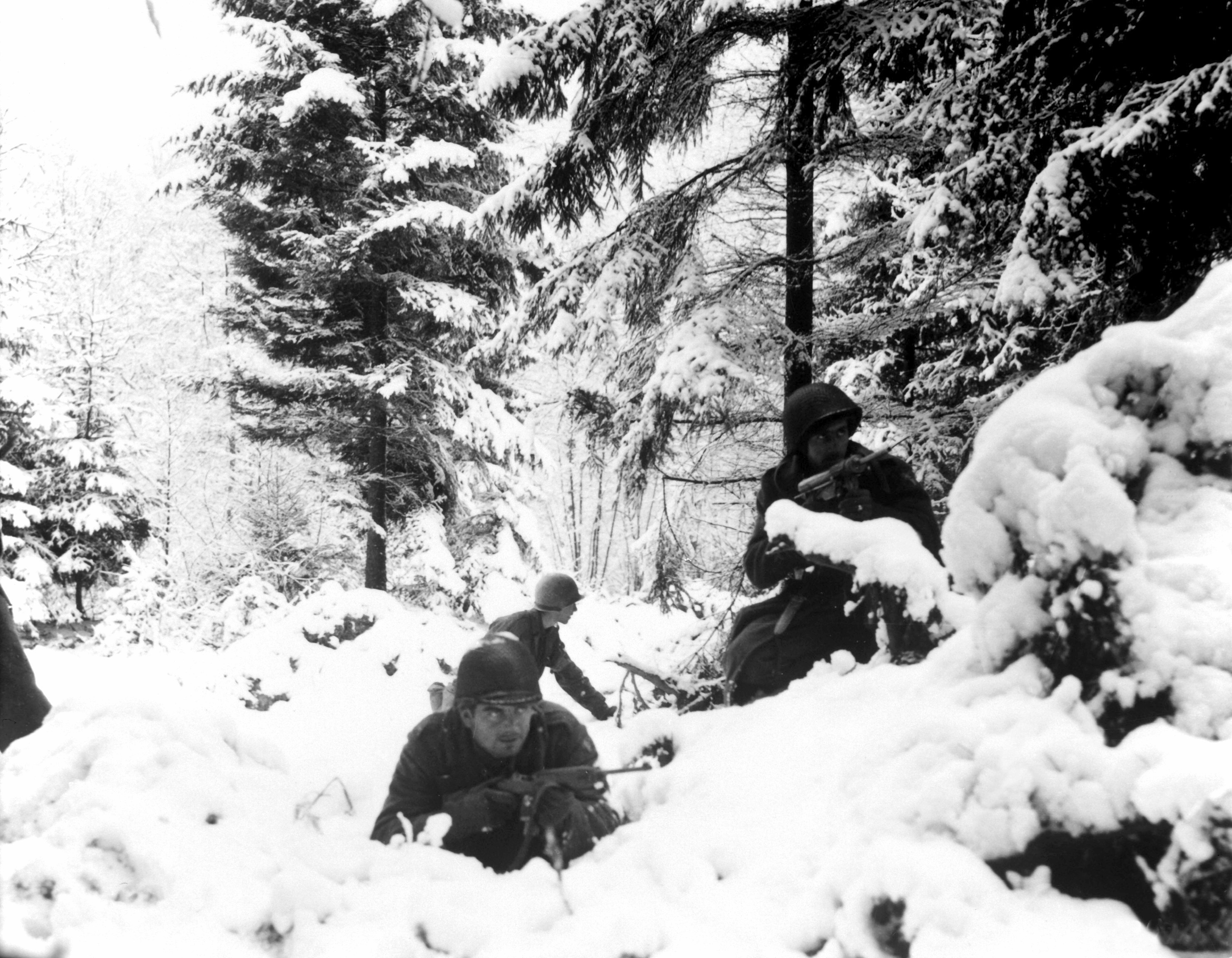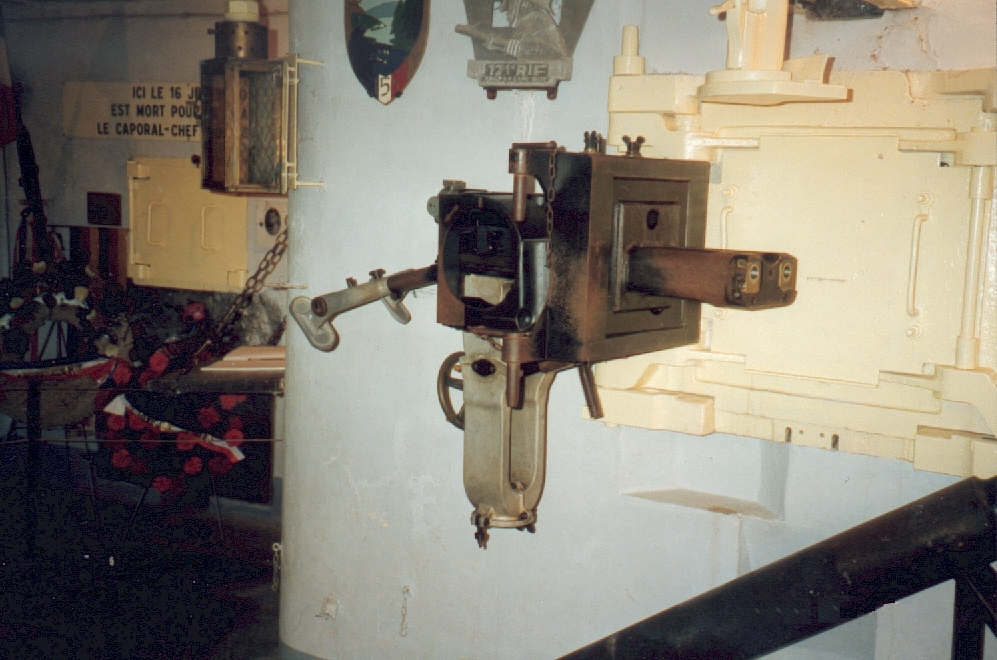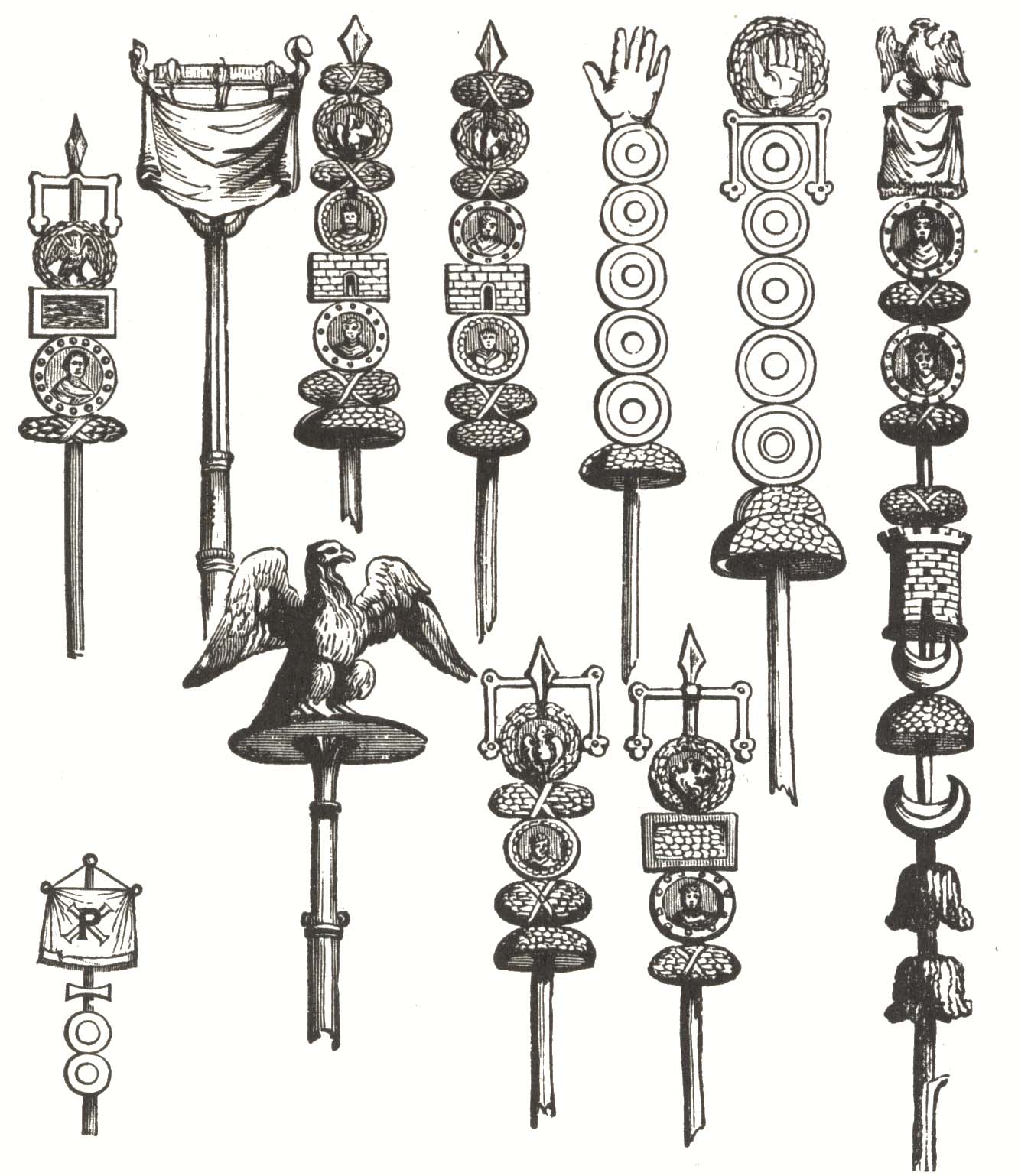|
Fortified Sector Of Colmar
The Fortified Sector of Colmar (''Secteur Fortifié de Colmar'') was the French military organization that in 1940 controlled the section of the French frontier with Germany in the vicinity of Colmar. The fortifications were built as part of France's Maginot Line defensive strategy, but the sector lacks the large interconnected fortifications found along France's land border with Germany. The sector's principal defense was the Rhine itself, which could be crossed only by boat or by seizing a bridge crossing. The sector's fortifications chiefly took the form of casemates and blockhouses. The SF Colmar was flanked to the north by the Fortified Sector of the Lower Rhine to the north and the Fortified Sector of Mulhouse to the south. The Colmar sector was directly attacked by German forces on 15 June 1940, capturing or destroying most of the fortifications in the sector in three days. Concept and organization The Maginot Rhine defenses employed three lines of defense, with blockho ... [...More Info...] [...Related Items...] OR: [Wikipedia] [Google] [Baidu] |
Eighth Army (France)
The Eighth Army (french: VIIIe Armée) was a Field army of the French Army during World War I and World War II. During World War I, there were two 8th armies. The first was the former ''Détachement d'armée de Belgique'' (Army Detachment in Belgium) which existed between 16 November 1914 and 4 April 1915. The second was the former ''Détachement d'armée de Lorraine'' (Army Detachment of Lorraine) which existed between 2 January 1917 and 11 November 1918. After the armistice at the end of World War I, it was part of the occupation of the Rhineland. On 21 October 1919 it was combined with the Tenth Army to form the French Army of the Rhine. During World War II and the Battle of France, it was part of Army Group 3 along the Maginot Line. Commanders World War I * General Victor d'Urbal (20 October 1914 – 2 April 1915) * General Putz (2 April – 22 May 1915) (Army Detachment in Belgium) * General Humbert (9 March – 24 July 1915) (Army Detachment of Lorraine) * General ... [...More Info...] [...Related Items...] OR: [Wikipedia] [Google] [Baidu] |
Colmar Pocket
The Colmar Pocket (french: Poche de Colmar; de , Brückenkopf Elsass) was the area held in central Alsace, France, by the German Nineteenth Army from November 1944 to February 1945, against the U.S. 6th Army Group (6th AG) during World War II. It was formed when 6th AG liberated southern and northern Alsace and adjacent eastern Lorraine, but could not clear central Alsace. During Operation Nordwind in December 1944, the 19th Army attacked north out of the Pocket in support of other German forces attacking south from the Saar into northern Alsace. In late January and early February 1945, the French First Army (reinforced by the U.S. XXI Corps) cleared the Pocket of German forces. Background Formation of the Pocket A German bridgehead on the west bank of the Rhine long and deep was formed in November 1944 when the German defenses in the Vosges Mountains collapsed under the pressure of an offensive by the U.S. 6th Army Group. General Jean de Lattre de Tassigny's French First ... [...More Info...] [...Related Items...] OR: [Wikipedia] [Google] [Baidu] |
Stuka
The Junkers Ju 87 or Stuka (from ''Sturzkampfflugzeug'', "dive bomber") was a German dive bomber and ground-attack aircraft. Designed by Hermann Pohlmann, it first flew in 1935. The Ju 87 made its combat debut in 1937 with the Luftwaffe's Condor Legion during the Spanish Civil War of 1936–1939 and served the Axis in World War II from beginning to end (1939–1945). The aircraft is easily recognisable by its inverted gull wings and fixed spatted undercarriage. Upon the leading edges of its faired main gear legs were mounted ram-air sirens known as ', which became a propaganda symbol of German air power and of the so-called ''Blitzkrieg'' victories of 1939–1942, as well as providing Stuka pilots with audible feedback as to speed. The Stuka's design included several innovations, including automatic pull-up dive brakes under both wings to ensure that the aircraft recovered from its attack dive even if the pilot blacked out from the high g-forces. The Ju 87 operated with cons ... [...More Info...] [...Related Items...] OR: [Wikipedia] [Google] [Baidu] |
218th Infantry Division (Wehrmacht)
The 218th Infantry Division (218.''Infanterie-Division'') was an infantry division of the German Army that served in World War II. The 218th Infantry served in the invasion of Poland as a reserve division for the 4th Army. Subsequently, it was moved to the west facing the Maginot line, which it attacked in May 1940 as part of the 7th Army. Following a period of occupation duty and also briefly a return to civilian life, its soldiers were sent to the Eastern Front in the winter of 1941. It remained on the Eastern Front until the end of the war, retreating with Army Group North back through the Baltic states, until the Army group was trapped in Courland, where the division surrendered to the Soviets on 8 May 1945. Combat History The 218th Infantry division saw its first action in the German invasion of Poland. On 1 September it was Army reserve for the 4th Army stationed in Pomerania in northern Germany. It crossed into Poland, into the corridor which had given Poland acce ... [...More Info...] [...Related Items...] OR: [Wikipedia] [Google] [Baidu] |
Casemate Geiswasser
A casemate is a fortified gun emplacement or armored structure from which guns are fired, in a fortification, warship, or armoured fighting vehicle.Webster's New Collegiate Dictionary When referring to antiquity, the term "casemate wall" means a double city wall with the space between the walls separated into chambers, which could be filled up to better withstand battering rams in case of siege (see Antiquity: casemate wall). In its original early modern meaning, the term referred to a vaulted chamber in a fort, which may have been used for storage, accommodation, or artillery which could fire through an opening or embrasure. Although the outward faces of brick or masonry casemates proved vulnerable to advances in artillery performance, the invention of reinforced concrete allowed newer designs to be produced well into the 20th century. With the introduction of ironclad warships, the definition was widened to include a protected space for guns in a ship, either within t ... [...More Info...] [...Related Items...] OR: [Wikipedia] [Google] [Baidu] |
Casemate De Marckolsheim Sud
The Casemate de Marckolsheim Sud is a pre-World War II fortified position near the Rhine river in eastern France. The casemate was part of an extension of the Maginot Line fortifications along France's border with Germany. As a unit of the Fortified Sector of Colmar, the casemate was part of French defenses during the German assault of 15–18 June 1940, Operation ''Kleiner Bär''. It has been preserved and is part of a museum focusing on the Rhine section of the Maginot Line. The museum is located at the eastern edge of the town of Marckolsheim. Concept and design Marckolsheim Sud's numerical designator was 35/3, referring to its place in the third, or "village" line of fortifications, about back from the river bank. It was built in the mid-1930s by the ''Commission d'Organisation des Régions Fortifiées (CORF)'', which was responsible for the major fortifications of the Maginot Line.Mary, Tome 3, p. 146 Unlike other portions of the Maginot Line, the Rhine defenses were not in ... [...More Info...] [...Related Items...] OR: [Wikipedia] [Google] [Baidu] |
Insigne Régimentaire Du 42è RI
An insignia () is a sign or mark distinguishing a group, grade, rank, or function. It can be a symbol of personal power or that of an official group or governing body. On its own, an insignia is a sign of a specific or general authority and is usually made of metal or fabric. Together, insignias form a decoration with the different elements of a rank, grade, or dignity. There are many types of insignia, including civil and military decorations, crowns, emblems, and coats of arms. Singular/plural "Insignia" can be used either as a plurale tantum word, i.e. unchanged for both singular and plural, or it can take the plural form "insignias", both equally valid options. The singular "insigne" is rarely used. History The use of insignias predates history, both for personal and group (especially military) use. When the insignia was meant to be seen, it was placed at top of a pole or the head of a spear. The Persians used a golden eagle as an insignia, the Assyrians a dove, and th ... [...More Info...] [...Related Items...] OR: [Wikipedia] [Google] [Baidu] |
Colmar
Colmar (, ; Alsatian: ' ; German during 1871–1918 and 1940–1945: ') is a city and commune in the Haut-Rhin department and Grand Est region of north-eastern France. The third-largest commune in Alsace (after Strasbourg and Mulhouse), it is the seat of the prefecture of the Haut-Rhin department and of the subprefecture of the Colmar-Ribeauvillé arrondissement. The city is renowned for its well-preserved old town, its numerous architectural landmarks, and its museums, among which is the Unterlinden Museum, which houses the ''Isenheim Altarpiece''. Colmar is situated on the Alsatian Wine Route and considers itself to be the "capital of Alsatian wine" ('). History Colmar was first mentioned by Charlemagne in his chronicle about Saxon wars. This was the location where the Carolingian Emperor Charles the Fat held a diet in 884. Colmar was granted the status of a free imperial city by Emperor Frederick II in 1226. In 1354 it joined the Décapole city league.G. Köbler, ''H ... [...More Info...] [...Related Items...] OR: [Wikipedia] [Google] [Baidu] |
Insigne Régimentaire Du 28e Régiment D'infanterie De Forteresse (1939)
An insignia () is a sign or mark distinguishing a group, grade, rank, or function. It can be a symbol of personal power or that of an official group or governing body. On its own, an insignia is a sign of a specific or general authority and is usually made of metal or fabric. Together, insignias form a decoration with the different elements of a rank, grade, or dignity. There are many types of insignia, including civil and military decorations, crowns, emblems, and coats of arms. Singular/plural "Insignia" can be used either as a plurale tantum word, i.e. unchanged for both singular and plural, or it can take the plural form "insignias", both equally valid options. The singular "insigne" is rarely used. History The use of insignias predates history, both for personal and group (especially military) use. When the insignia was meant to be seen, it was placed at top of a pole or the head of a spear. The Persians used a golden eagle as an insignia, the Assyrians a dove, and th ... [...More Info...] [...Related Items...] OR: [Wikipedia] [Google] [Baidu] |





.jpg)
